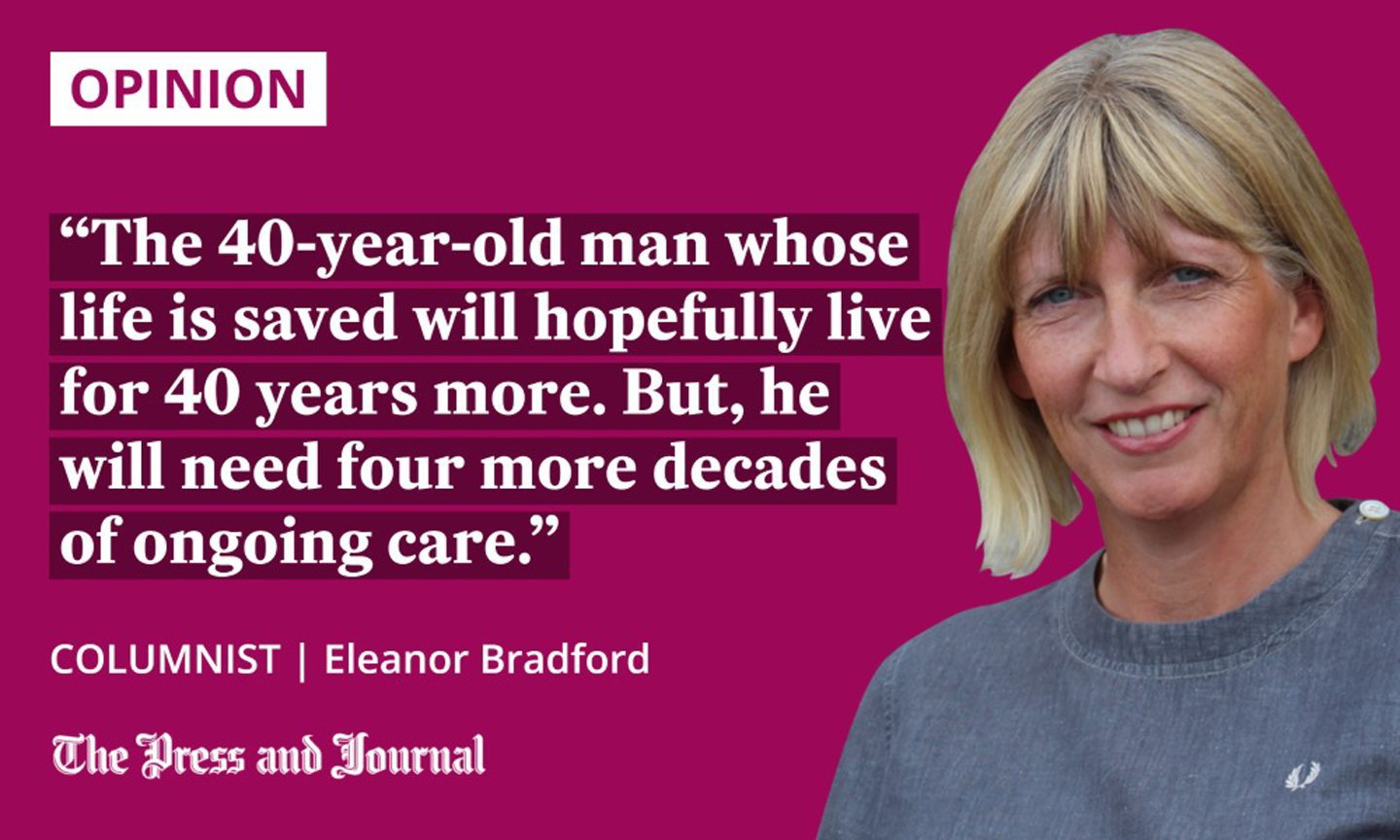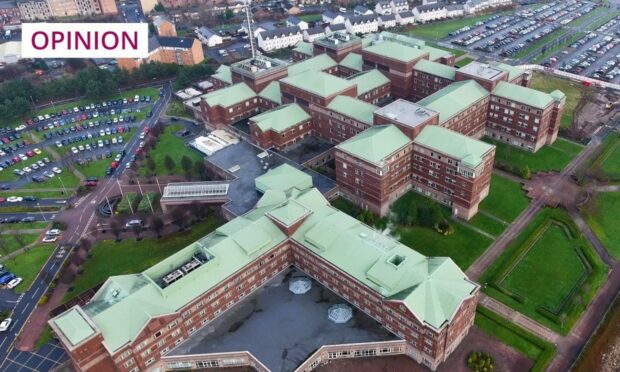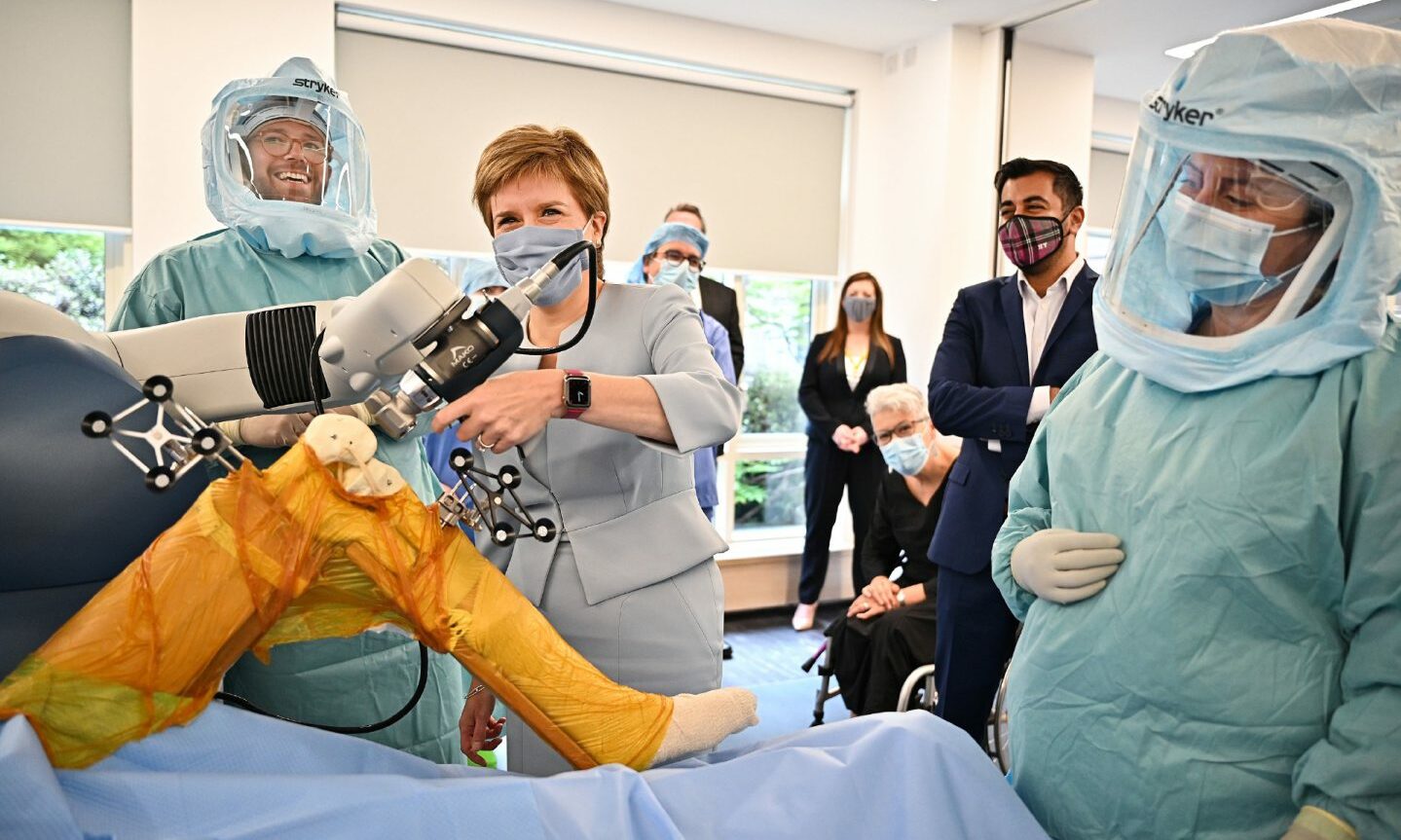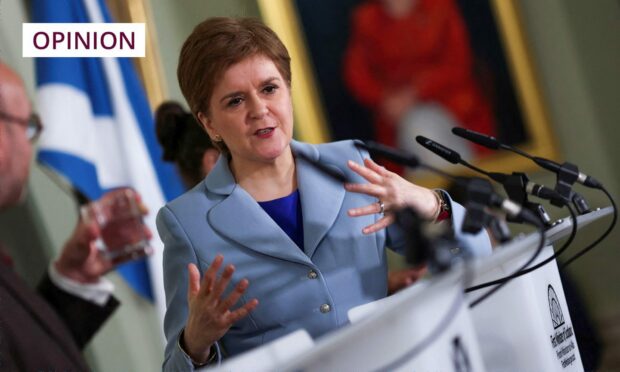An interesting anniversary occurs in 2022.
It’s not the Platinum Jubilee, but there is a connection. This year marks the 20th anniversary of the Scottish Government doing something very unusual. In 2002, it bought the Golden Jubilee University National Hospital near Glasgow.
Back then, the hospital and the Scottish Government both had different names, and Scotland already had a lot of hospitals. In fact, it had more than most other parts of the country, given the population density.
So, why did the Scottish Executive (as it was called) splurge £37 million on yet another one?

Well, it made sense. Scotland was suffering from very long waiting lists, and here was a private hospital ready to tackle them. It had the rooms, the kit and the people, with only small adjustments needed to repurpose it for admitting patients desperately in need of orthopaedic and cardiac care.
It also made sense on another front – the Middle Eastern operators were pulling out, and this purchase not only saved jobs but created even more employment in the deprived area of Clydebank. The Golden Jubilee University National Hospital – as it was renamed – seemed like a win-win solution.
As we now approach the Platinum Jubilee year, how have things panned out? This hospital is the perfect illustration of one of the biggest conundrums in healthcare.
Two decades later, Nicola Sturgeon might as well wear a T-shirt saying: “You bought a hospital and all I got was this lousy waiting list?”
Every time you save a life, you create demand
The Golden Jubilee hospital did exactly what it was meant to do. It used the latest, cutting edge techniques to unblock arteries and fix bones, helping thousands upon thousands of people. Single rooms provided patient privacy and improved infection control.
Then the pandemic came along, but waiting lists were not exactly plunging beforehand. For this is the problem in healthcare, and I’ve never met anyone who can solve it.
Every time you save a life, you create demand. The 40-year-old man whose life is saved at the Golden Jubilee will hopefully live for 40 years more. But, he will need four more decades of ongoing care. As well as all the post-operative treatment, he now requires closer monitoring. He may have further minor episodes and admissions.
Even if he has an epiphany and treats his body like a temple, he will still get old, and old age is expensive for the NHS.
Google ‘healthy life expectancy Scotland’, and you may decide to bring forward your retirement plans
The reality is that we don’t live long, healthy lives. The majority of us will spend most of our retirement years in ill health; that’s not a viewpoint, it’s a statistic.
Google “healthy life expectancy Scotland”, and you may decide to bring forward your retirement plans.
Healthcare is getting better (and more expensive) all the time
The brutal truth in healthcare is that short, sharp, deadly illnesses are very cost-efficient in the long term. This financial analysis is, of course, rather light on empathy.
Because we are moral and empathetic beings, we want to save lives and prevent suffering, so we are getting better and better at that.
The recent headlines about treatments for the menopause illustrate that point. Not so long ago, the symptoms of the menopause were an inevitability to be endured. Now, they are treatable and championed by celebrities to make sure every woman gets a fair chance of a prescription.
Whatever the headlines might suggest, our hospitals are getting safer, our treatments are ever more effective, and people are living longer. But the hospitals cost more to run and the treatments cure more illnesses, cost more to research and manufacture, and we require all this over ever-lengthening lives. Pricey.
The only solution is for us all to live spectacularly healthy lives. If you’ve done the Google search above, you might be feeling renewed interest in this.
The Golden Jubilee wasn’t a failure
A healthy lifestyle will undoubtedly reduce your chance of requiring care but, ultimately, even if you eat nothing but vegetables and jog to work each day, you’ll need to find a place where you won’t breathe in pollution, can completely avoid stress, aren’t going to have an accident, and can avoid all the other yet-to-be analysed carcinogens and damaging environmental factors which make up the complex triggers of illness.
Just because it hasn’t solved a tricky problem doesn’t make the Golden Jubilee University National Hospital a failure.
It pioneered the latest surgical techniques, attracting top medical staff to Scotland. It proved that people were willing to travel for the fastest treatment. It was the first of a new generation of hospitals with single rooms, and its chefs demonstrated that there was no excuse for disgusting hospital food.
Above all, it changed the lives of thousands upon thousands of people.
So, happy anniversary, Golden Jubilee. Your life wasn’t the one you thought it would be, but worthwhile nevertheless. And what more could any of us wish for when we look back on our story?
Eleanor Bradford is a former BBC Scotland health correspondent and now works in communications in the education sector



















Conversation